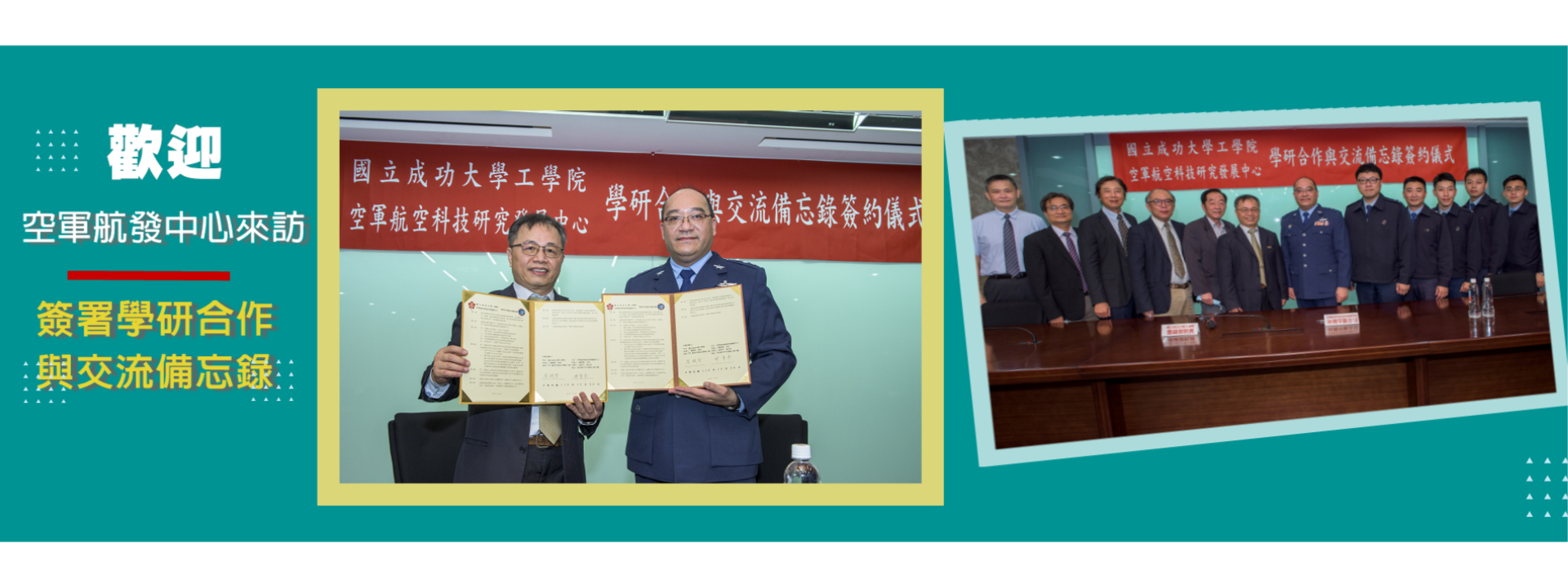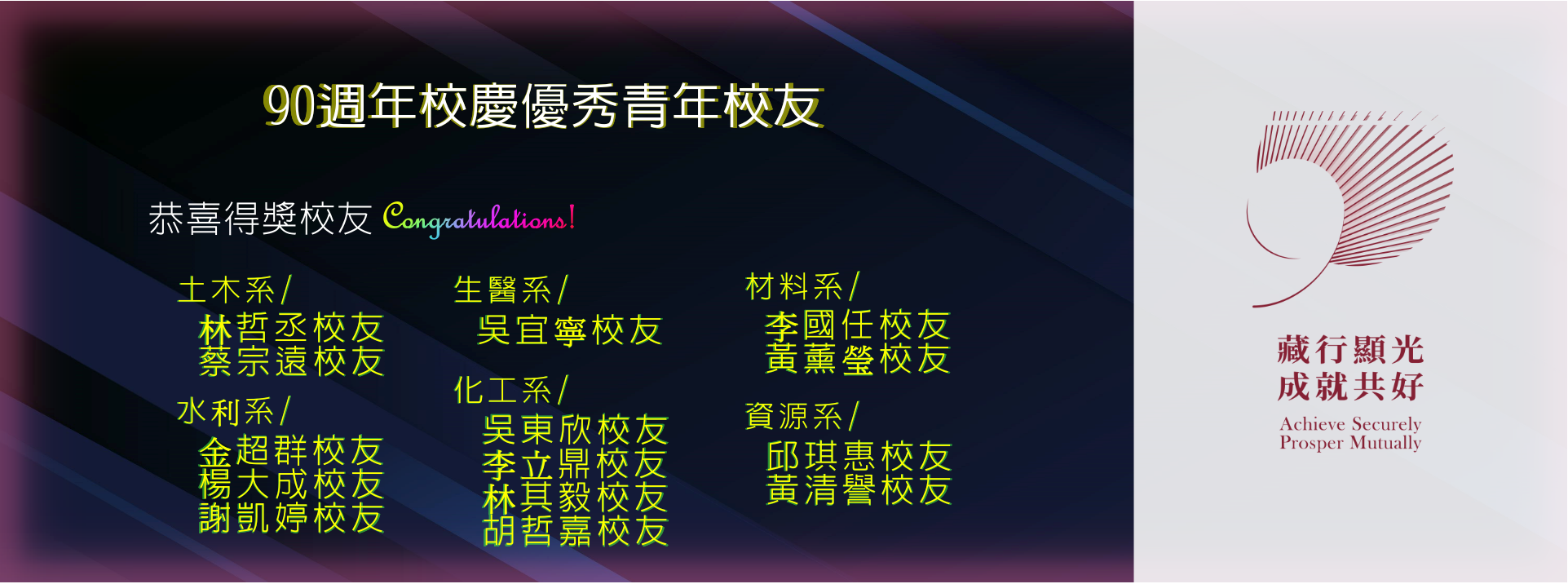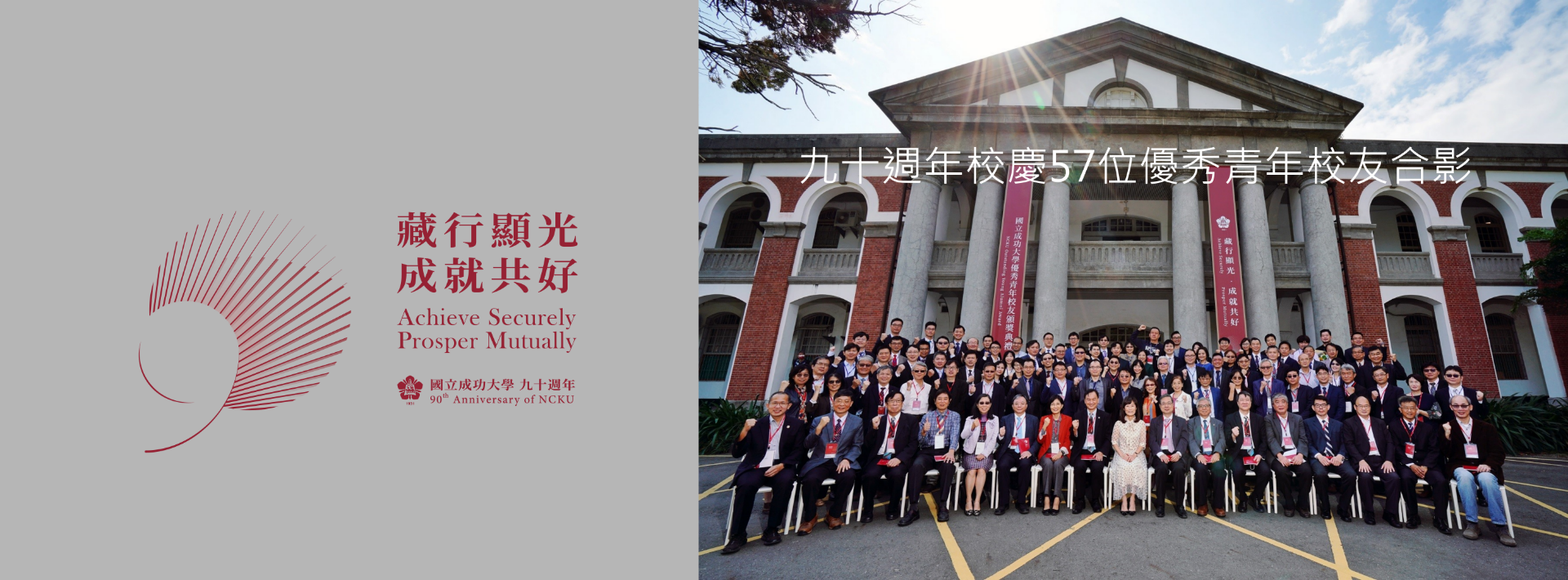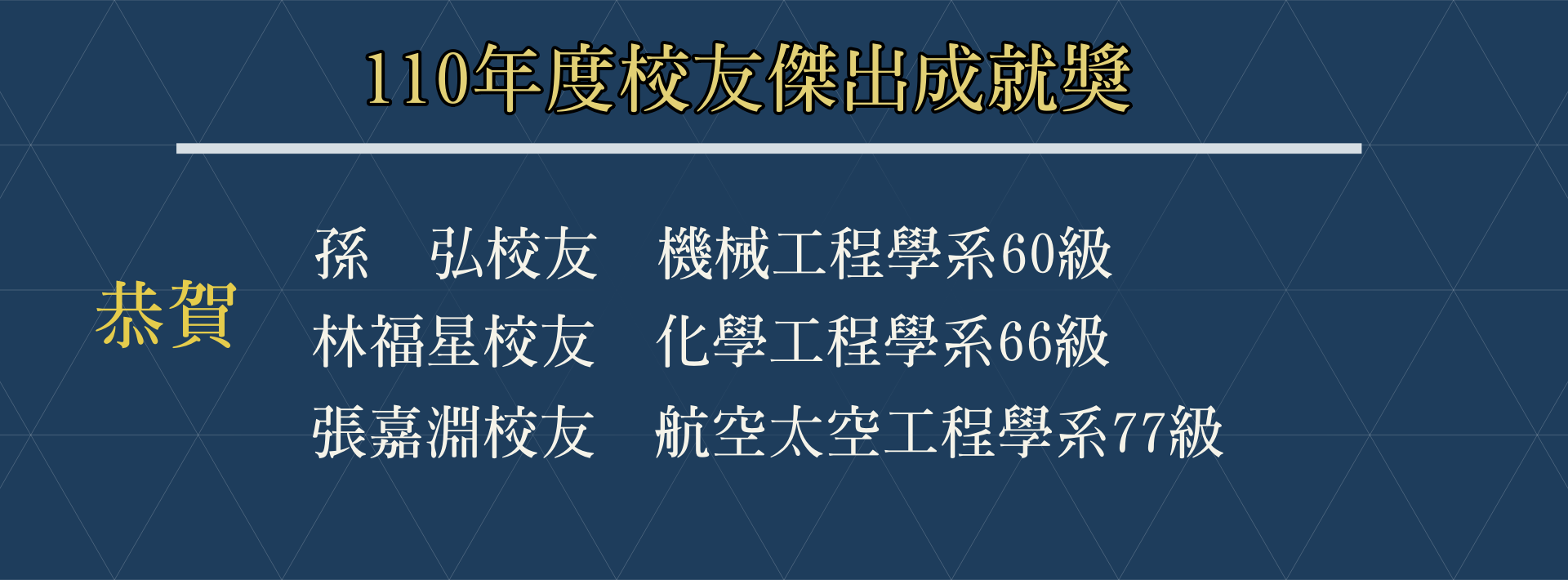土石流防災降雨警戒
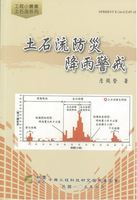
土石流防災降雨警戒 專書介紹
詹錢登
國立成功大學水利及海洋工程學系
財團法人中興工程科技研究發展基金會
2016
ISBN 978-986-7142-71-9
摘要
土石流是大量鬆散土体與水之混合体在重力作用下沿自然坡面或溝渠由高處往低處流動的現象,其流動過程中常造不同程度的破壞,甚至人員的傷亡。土石流的防減災工作除了硬體工程設施之外,亦包含土石流預警及避難疏散的軟性方法。土石流防災工作需要先瞭解土石流發生的可能性及危害範圍,建立降雨警戒方法,在降雨期間落實降雨警戒的發布及避難疏散的執行,從而減少災害的發生。本書作者將多年來在土石流方面的研究成果彙整成書,系統性介紹台灣目前所採用的土石流降雨警戒方法及其應用案例。全書共有6章,第1章台灣土石流概況,說明台灣地文特性、水文特性及土石流概況;第2章土石流發生條件,說明形成土石流所需之土砂、水分及坡度之條件;第3章土石流防災警戒方法,說明土石流事件的警戒方式;第4章土石流降雨警戒模式及警戒基準值,說明土石流降雨驅動指標及警戒基準值的訂定方法;第5章降雨警戒基準值的檢討與更新,說明土石流警戒基準值及參考雨量站的更新原因及調整方式;第6章土石流降雨警戒案例分析,介紹土石流降雨警戒實務應用情形。本書在撰寫方面,儘量配合圖表,以淺顯易懂方式呈現,適合一般大眾閱讀,可作為土石流的入門教材或防災人員之參考書籍。
Abstract
Rainfall-Based Debris Flow Warning System and Its Applications
By Chyan-Deng Jan
Debris flow is a phenomenon of sediment-water mixture flowing down on a slope or along a gully from higher to lower elevation. Debris flow event could cause severe damages and even the loss of human lives. Except engineering works, the methods of rainfall-based warning and evacuation are also used for debris flow hazards mitigation. For debris flow hazards mitigation, we need to conduct the following procedures: identify debris-flow-prone gullies, assess potential flooding areas, setup warning systems, effectively issue warning signals and evacuate people in potential risk areas. The author integrated his many-year debris-flow research results in a form of book, systematically introducing the debris flow warning system used in Taiwan, and some application examples. This book has 6 chapters. Chapter 1 introduces debris flow problems in Taiwan. Chapter 2 introduces the basic conditions for forming a debris flow such as rich loose sediment, sufficient water and large-enough bed slope. Chapter 3 introduces different methods used for debris flow warning, including in-event and before-event methods. Chapter 4 introduces the rainfall-based debris flow warning model and the rainfall warning criteria used in Taiwan. Chapter 5 introduces the methods for renewing or adjusting the rainfall warning criteria under various circumstances. Chapter 6 introduces application examples to show the effectives of the warning model used in Taiwan. The author tries to present this book in an easy-to-understand manner with the help of figures and tables for general public reading. This book can be used as a textbook for debris-flow study or a reference book for disaster prevention personnel.















